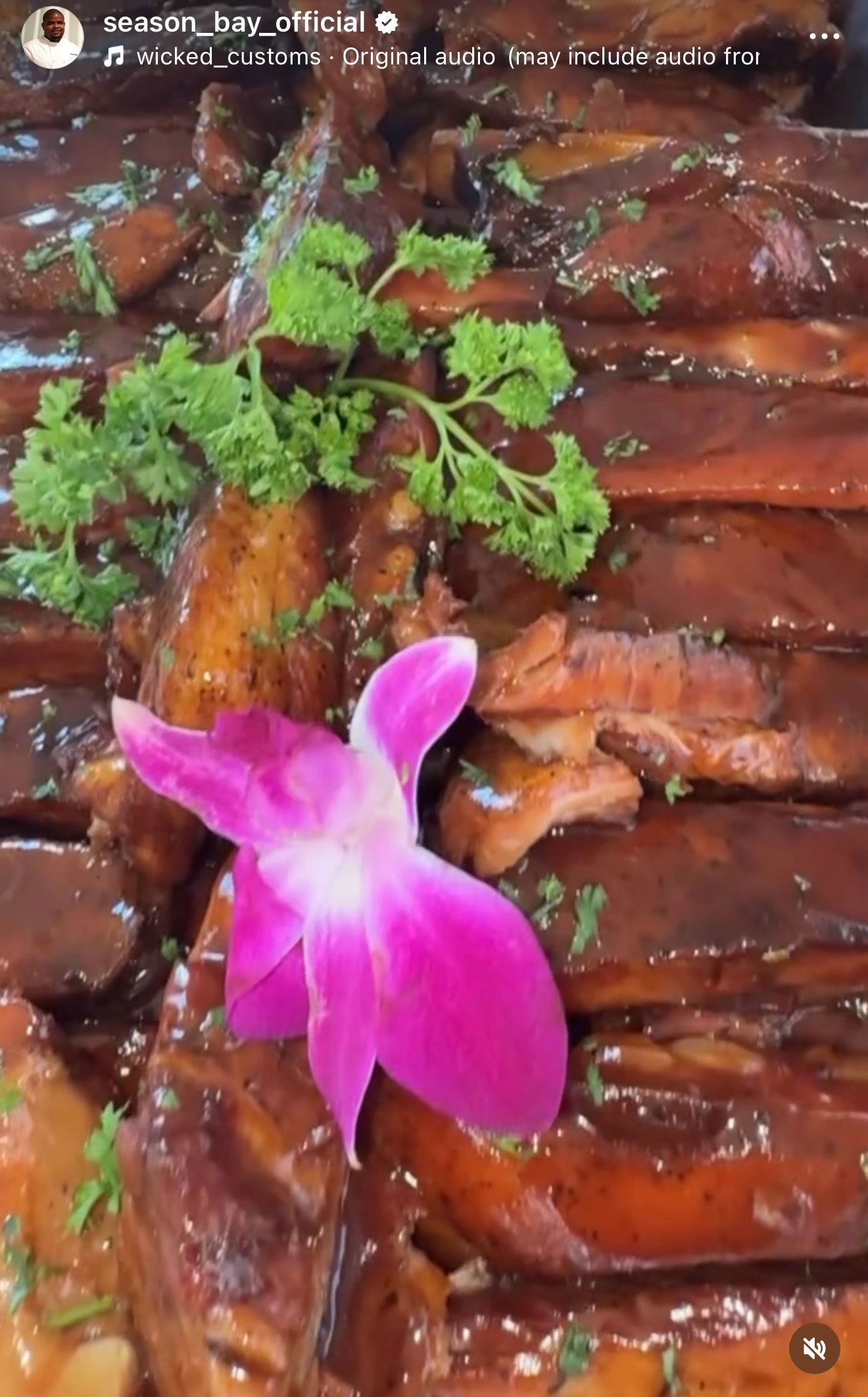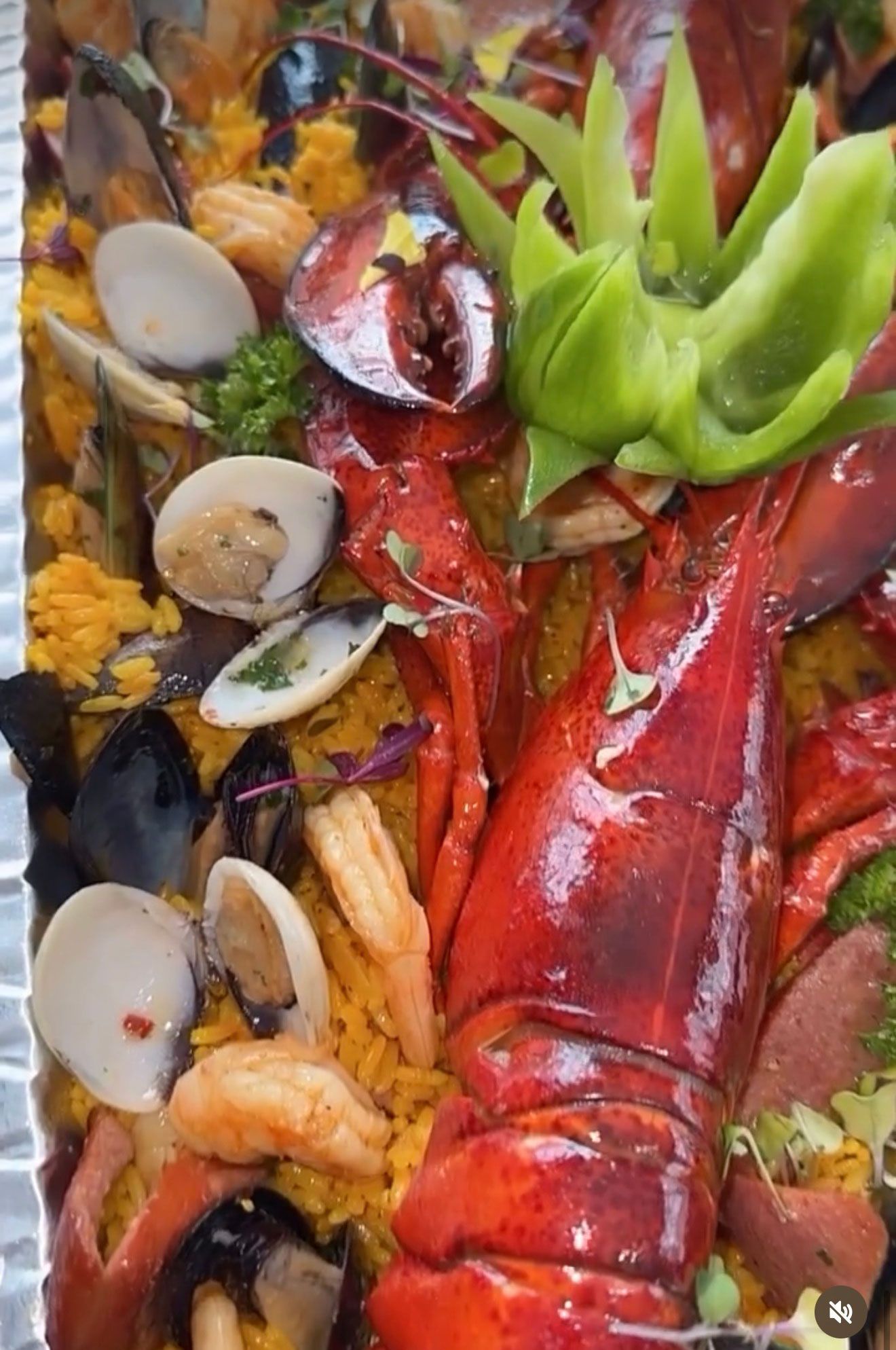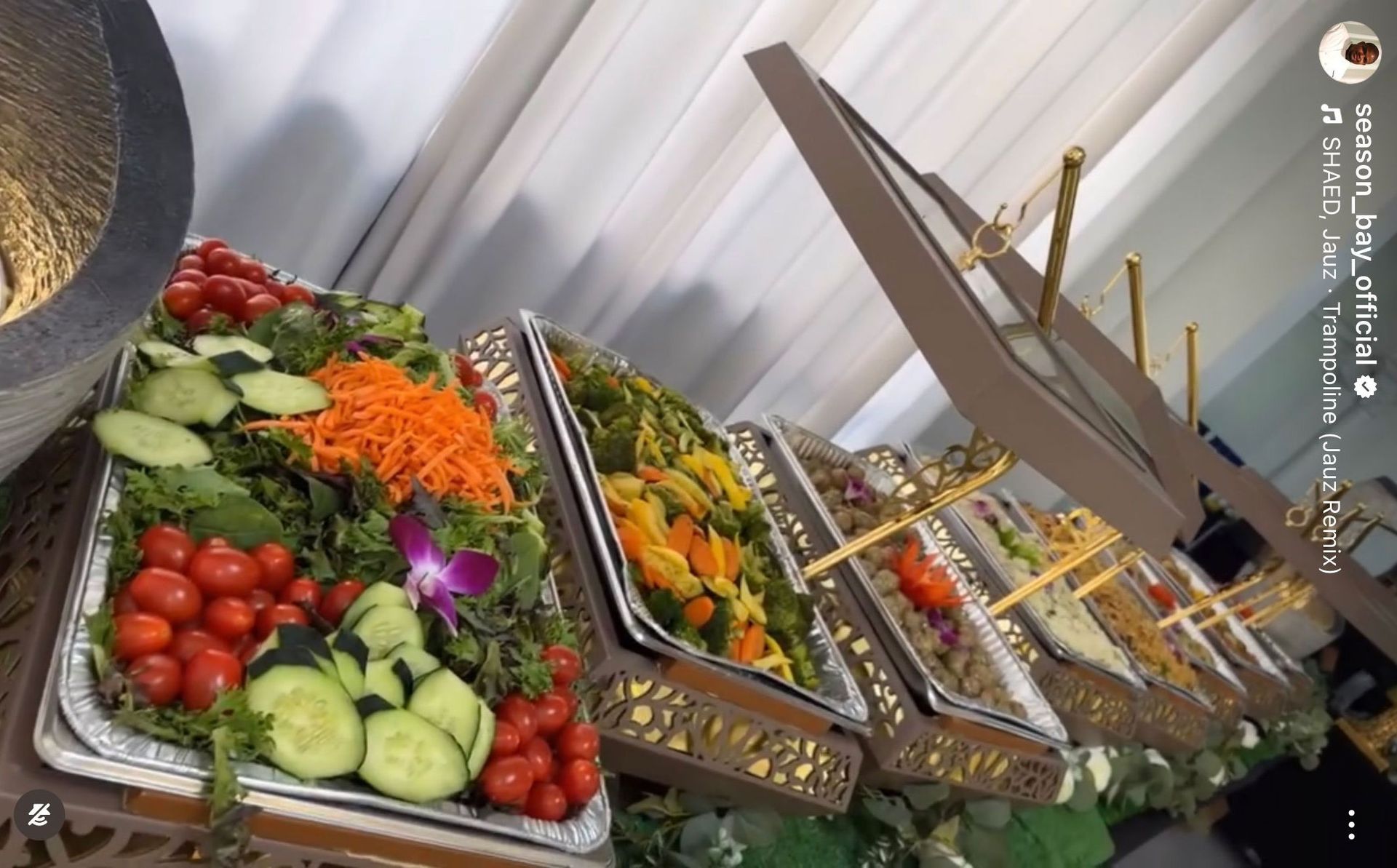Custom Menus & Menu Development in Atlanta, GA and Fayetteville, GA
Seasons Bay Catering
develops custom menus in Atlanta, GA by starting with your story, your room, and your timeline. Menu development is more than picking dishes; it is a structured process that aligns cuisine, service style, dietary needs, and logistics so the food performs beautifully in real event conditions. Whether you are planning an intimate dinner in a historic venue or a high-paced reception near the studios, our culinary team designs a menu that reads well, cooks cleanly, moves through the space, and tastes like it was made for your guests.
A Collaborative Menu Development Process
Discovery and Culinary Brief
We begin with a conversation about your event goals, guest profile, and the way you want the experience to feel. The brief captures headcount, service window, floor plan, and any cultural or family traditions that must be honored. It also records ingredient preferences, spice tolerance, presentation style, and budget targets so the first draft is intentional rather than generic.
First Draft and Iteration
Your initial menu proposal balances flavors, textures, and pacing for the venue and schedule you have selected. Each course or station is written to hold temperature and structure from kitchen to plate. Revisions are expected: we fine-tune components, swap dishes, or adjust garnishes until the set feels cohesive and practical for the room.
Tasting and Finalization
When appropriate for the event scope, a tasting validates seasoning, doneness, plating geometry, and portioning. Notes from the tasting are translated into production sheets, plating diagrams, and allergen labels. Final counts and course timing are locked so procurement and staffing match the confirmed menu.
Run-of-Show and Service Cues
Dishes are mapped to the timeline. If speeches or a first dance affect pacing, menus are adjusted for hot-hold and quick-fire moments. Tray-passed bites, stations, plated courses, and dessert service are each assigned clear cues so the kitchen and front-of-house move in sync.
Cuisine Paths and Seasonal Inspiration
Dietary, Allergen, and Preference Planning
Inclusive Plates by Design
Vegetarian, vegan, gluten-free, and dairy-free dishes are written as part of the core menu rather than retrofits. The objective is parity: every guest should feel their plate belongs on the same table, with equal attention to seasoning, temperature, and presentation.
Allergen Controls and Labeling
Recipes are documented with allergen flags. Separate utensils and production zones protect against cross-contact, and finished items are labeled clearly for front-of-house teams. When requested, sealed packaging and distinct plating markers add another layer of assurance.
Cultural and Faith-Based Considerations
If your event observes halal, pescatarian, or other guidelines, we map compliant proteins, certified sources, and serviceware to match. Coordination with specialty vendors or specific family recipes is welcomed when it ensures authenticity and comfort for your guests.
Children’s and Vendor Meals
Scaled portions and simplified flavors ensure younger guests and working vendors are fed appropriately without diverting the kitchen from the main service. These meals are counted separately in the final plan so procurement stays accurate.
Service Styles Mapped to the Menu
Budgeting, Sourcing, and Logistics
Costing and Portion Engineering
Each menu is costed per guest with portion sizes tuned to service style and event length. Hearty stations for long receptions, tighter courses for short agendas, and late-night snacks for extended dancing are modeled to keep quality and budget aligned.
Procurement and Seasonality
We prioritize seasonal produce and dependable suppliers to protect flavor and consistency. Lead times are set for specialty items, and contingency products are identified so the final plate mirrors the approved menu even when markets shift.
Equipment and Power Planning
Menus are matched to the equipment that will cook and hold them. Hot boxes, induction burners, portable ranges, and insulated carriers are scheduled per dish, ensuring textures and temperatures stay in the target zone from first serve to final sweep.
Floor Plan Integration
The menu reads the room. Station placement, bar proximity, dining table counts, and service aisles are diagrammed to reduce bottlenecks and maintain sightlines. Each course or station has a defined footprint so the service team can work cleanly and quietly.
How to Start Your Custom Menu in Atlanta
Share the Event Parameters
Provide your venue, date, guest count, service style preferences, and any must-have flavors or traditions. Include dietary notes early so we can design inclusive options that feel intentional.
Review Your Draft and Refine
You will receive a tailored draft with notes on plating, temperature holds, and proposed pacing. Adjust dishes, tweak spice levels, or redirect a cuisine path until the set fits your space and schedule.
Confirm With a Tasting When Appropriate
A tasting validates decisions before we lock procurement and staffing. Final counts, run-of-show, and labeling are then issued so the kitchen and service teams move with the same plan on event day.
Seasons Bay Catering
develops custom menus that respect the realities of Atlanta, GA venues and timelines while reflecting the flavors you want your guests to remember. When you are ready to translate ideas into a working plan, our team is ready to write, test, and execute a menu that meets the moment.








